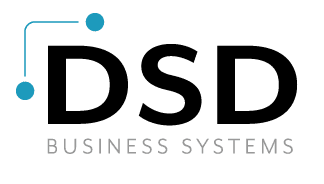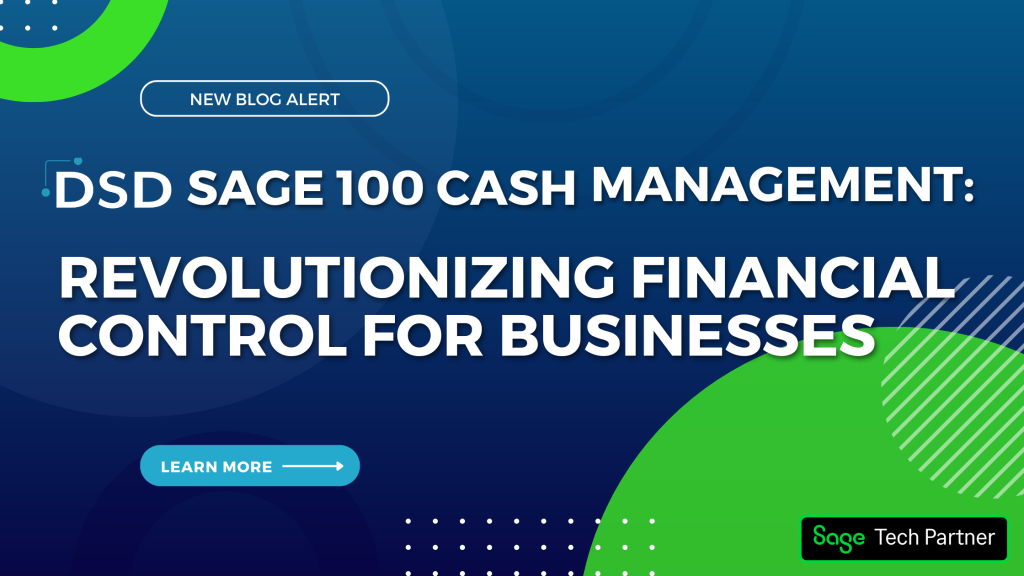Multi-Language or Multi-Terminology?

Multi-Language, a DSD Business System Sage 100 Enhancement, allows for the translations of terminology used throughout Sage 100 to a language other than English. While this enhancement works great for foreign language translations, it’s also very effective for changing English language terminology used throughout Sage 100.
For example, suppose your company is a medical research practice, your patients are your customers, and you’d like them represented that way in Sage 100. Multi-Language enables a user to change the word “Customer” to the word “Patient” and have it reflected throughout Sage 100 on screens, reports, menus, grids, ALE lookups, and tasks. Furthermore, Multi-language allows Sage 100 to have user-specific changes to the terminology in Sage 100. When your CFO logs in to Sage 100, they will see the word “Customer” throughout Accounts Receivable, while your Accounts Receivable clerk will see the word “Patient” in its place. Each Sage 100 User Code can be assigned to a unique, user-specific table, or one shared by multiple users.
Of course, Custom Office can also be a useful tool for changing the terminology on various screens within Sage 100. However, its practicality is limited when it comes to wholesale terminology replacement throughout the Sage 100 product. Moreover, Custom Office has prohibitions as to what technically can be changed on any given screen. For instance, consider Drop Box or List Box control values – most are programmatically controlled and cannot be changed by a user.
Crystal Reports in Sage 100 can also be modified to reflect terminology changes on a report by report basis. However, when changes are required for multiple reports, the task can become quite onerous.
DSD Business System’s Multi-Language offers a utility that allows a user to make terminology changes across the entire Crystal Report data set in Sage 100.
Multi-language executes its terminology translations dynamically, or “on the fly”, deriving text substitutions from a user-maintained Translation Table and rendering them in transient files – files that are deleted from the system once they’re no longer in use. Consequently, there are no permanent changes to any of the standard Sage 100 screens, reports, lookups, menus, etc. This logic makes third-party integrations easy to integrate and Sage 100 Product Updates seamless.
DSD Business Systems has been a Sage Development Partner for the past 30 years. The company currently has over 400 enhancements to Sage 100 and has created thousands of custom solutions for end-users around the world. We have had the privilege of working with hundreds of Sage consultants, resellers, and end-users to produce powerful custom solutions that enhance the functionality of Sage 100. To learn more about DSD Business Systems Enhancements and Custom Programming, please contact us at info@dsdinc.com.

Written by Joe De Maria, Programmer Manager at DSD Business Systems




